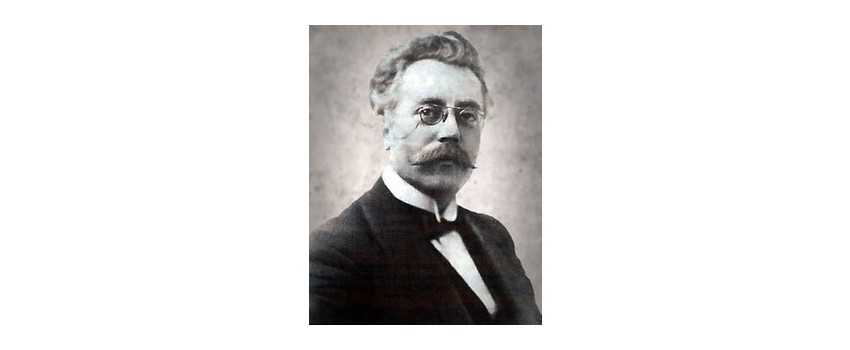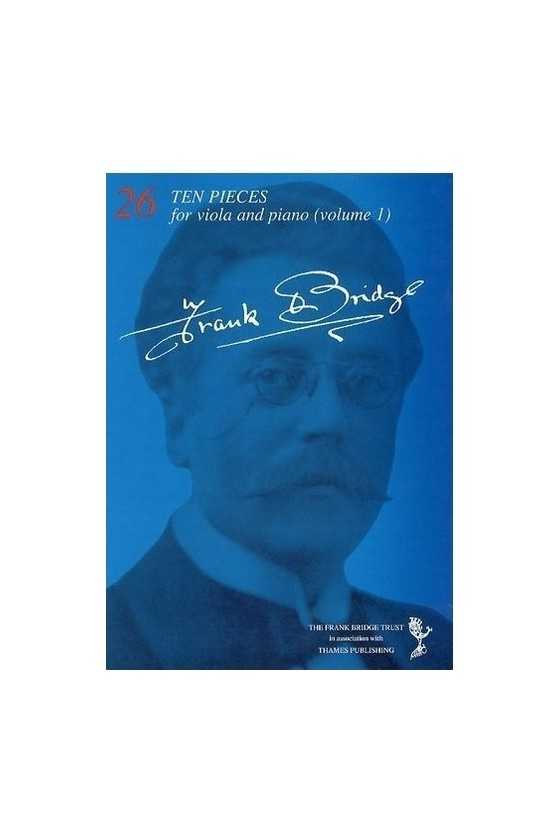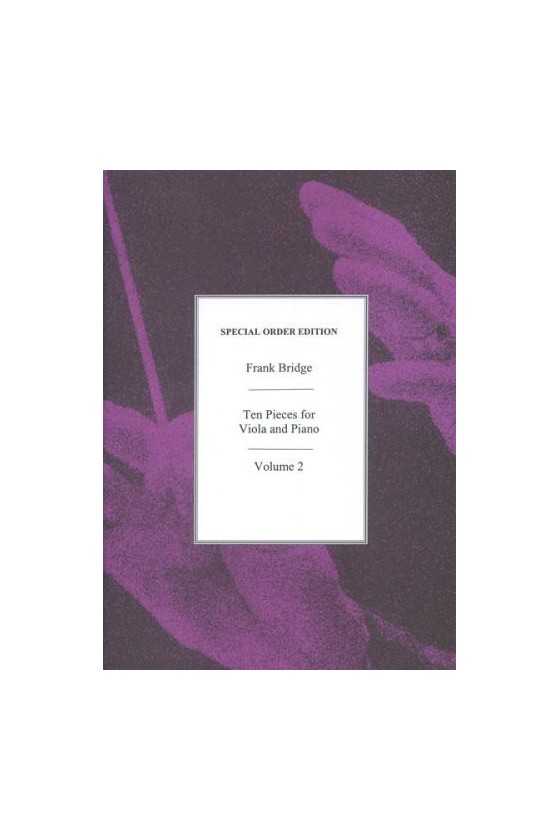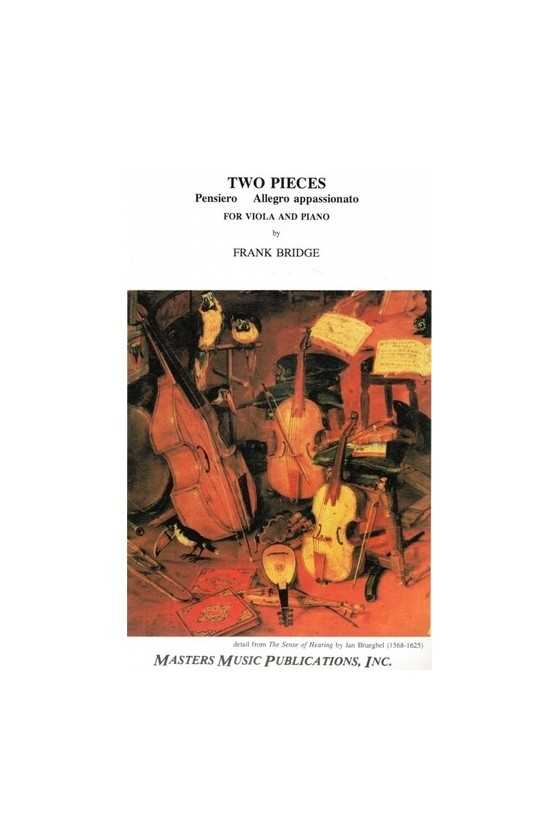Bridge, Frank
Frank Bridge (26 February 1879 – 10 January 1941) was born in Brighton and studied under Charles Villiers Stanford and others at the Royal College of Music in London from 1899 to 1903. He played the viola in several string quartets, most notably the English String Quartet (Marjorie Hayward). He directed, sometimes filling in for Henry Wood, before writing and gaining Elizabeth Sprague Coolidge's support. According to Benjamin Britten, Bridge had strong pacifist views and was profoundly upset by the First World War, but the degree of his pacifism has been questioned in subsequent research. Bridge composed various pastoral and elegiac works during and after the war, many of which seem to be in quest of spiritual comfort, including the Lament for strings, Summer for orchestra, A Prayer for chorus and orchestra, and a sequence of pastoral piano compositions. The string orchestra piece Lament (for Catherine, aged 9 "Lusitania" 1915) was composed as a tribute to the loss of the RMS Lusitania. The New Queen's Hall Orchestra, led by the composer, debuted the work on September 15, 1915, at the Proms, as part of a program of "Popular Italian music," the remainder of which was conducted by Henry Wood. Benjamin Britten, who subsequently championed his teacher's work and paid tribute to him in the Variations on a Subject of Frank Bridge (1937), based on a theme from the second of Bridge's Three Idylls for String Quartet, was a private student of Bridge (1906).
On the other hand, Bridge was not well known as a composition instructor, and his approach was unusual - he seems to have concentrated on aesthetic problems, conversational writing, and clarity rather than extensive technical instruction. Britten praised Bridge's education, stating famously in 1963 that he hadn't "yet come up to the technical standards" Bridge had set for him. Bridge gave Britten his Giussani viola and wished him 'bon voyage and bon retour' when he departed for the United States with Peter Pears in 1939; Bridge died in 1941 without ever seeing Britten again. Bridge shows an interest in more modernist tendencies in the years leading up to the First World War, most notably in the Dance Poem of 1913, which indicates the influence of Stravinsky and Debussy. During the war years, his explorations were generally more moderate – most often pastoralism influenced by impressionism – through works like the Two Poems for Orchestra and several piano pieces show significant changes in his harmonic language, particularly towards a coloristic, non-functional use of harmony and a preference for harmony derived from symmetrical scales like the. Bridge also finished two of his most famous chamber pieces, the Second String Quartet and the Cello Sonata, during this time. Bridge's idiom tended toward moderation in his wartime works, but his language expanded considerably after the war, expanding on the wartime piano and symphonic music's explorations with impressionist harmony. Bridge's technical aspirations drove him to create more complicated pieces with more sophisticated harmonic components and motivic functioning. Several of the pieces that resulted had expressive ties to the First World War, which seems to have affected the tone of the Piano Sonata (dedicated to his friend Ernest Farrar, who was murdered in 1918) and, without a doubt, Oration. It is not prudent to identify the war as the primary stimulus for creating a modernist language, as Huss has pointed out (building on Leonard Meyer's remarks on direct causality theories).





